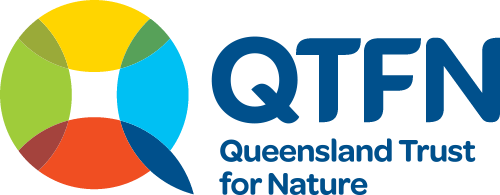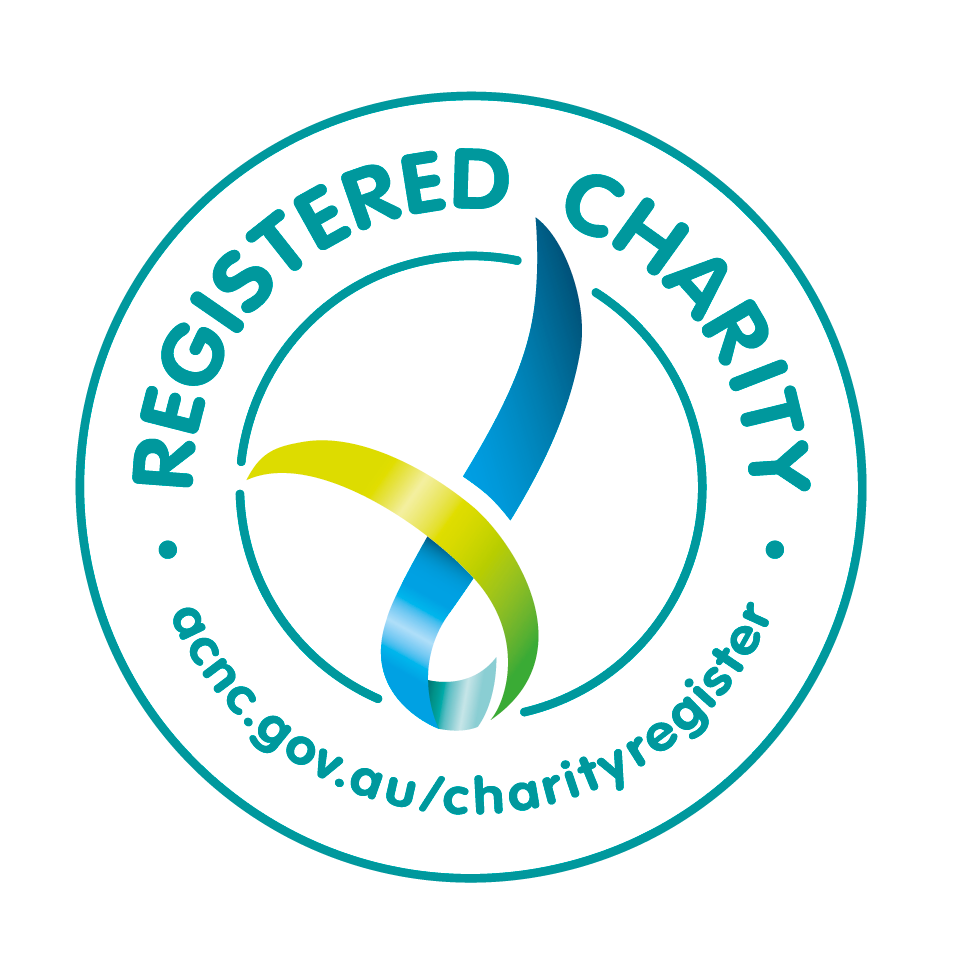Oct 17
Excitingly, this year we sold Gurrbum Nature Refuge to our partners the Community for Coastal and Cassowary Conservation (C4), an organisation dedicated to protecting and preserving the unique biodiversity of the Wet Tropics region. C4 co-invested with QTFN to purchase this precious property in 2019. Over the last five years, QTFN and C4 have been […]
Read more
Apr 3
QTFN have entered into a long-term partnership with Ecosure and Fireland to help integrate our weed and fire land management methods on Aroona Station. Ecosure’s expertise in restoration planning and delivering on-ground works, and Fireland’s expertise in ecological fire will help us approach restoration efforts strategically across the property. Aroona is at the top of […]
Read more
Feb 22
“97% of Australians want more action to protect nature” – The Biodiversity Council Our sold-out “Shaping a Nature Positive Future” event brought together environmental, social, governmental, and financial expertise. The expert panel discussion and networking breakfast highlighted the need for urgency, transparency, and community engagement to advance Queensland’s Nature Positive agenda. A timely event […]
Read more
Feb 22
“Here’s to our regenerative agriculture journeys: may they be full of opportunities for self-improvement and be a journey that never truly ends, but only evolves with each step we take.” – Ben Heathwood The Lachlan Hughes Foundation recently celebrated and reflected on the participants’ journeys over the last 12 months in the LHF program. […]
Read more
Aug 31
Since its commencement in 2019, the Koala Habitat Restoration Partnership Program (KHRPP) has established seven projects across south-east Queensland, which over the 5-year duration of the program will result in the restoration of more than 255 hectares of koala habitat. KHRPP projects are located on private landowner sites with existing koala populations. By revegetating koala food […]
Read more
Feb 15
QTFN is supporting another initiative funded by the Queensland Government as part of the Pilot Projects Program of the Land Restoration Fund. The World Wildlife Fund for Nature Australia’s (WWF) Protecting Threatened Species and Restoring Grazing Land project in Central Queensland is helping to kickstart the biodiversity co-benefits market in Queensland. Like our Counting the […]
Read more
Feb 14
In 2020, QTFN moved to implement the Accounting for Nature® Framework model at Aroona Station – a scientifically credible and trusted natural capital accounting standard used to measure the condition of environmental assets and inform investment and management decisions. As an approved provider of co-benefit verification under the Land Restoration Fund, Accounting for Nature® is […]
Read more
Feb 13
Aroona Station features around 200 hectares of core habitat for the vulnerable brush-tailed rock-wallaby. In 2020, as part of our ongoing research into these unique Aroona residents, we completed our third year of breeding season monitoring programs using motion-sensitive wildlife cameras strategically positioned in known brush-tailed rock-wallaby hang outs. The monitoring program again showed Aroona […]
Read more
Feb 12
As the carbon offset or carbon farming market grows in its maturity, there is considerable interest in how biodiversity co-benefits can be harnessed and developed as a complementary market. QTFN’s Counting the Co-Benefits project will demonstrate how landholders can create a sustainable agribusiness by leveraging environmental markets to diversify their revenue streams. This initiative is […]
Read more
Feb 8
Avoid Island’s unique combination of fruit-rich coastal scrub, open eucalypt woodland, mangrove and tidal flats, provides habitat for an estimated 84 species of migratory and resident birds. In the last half of 2020, experts from the Mackay chapter of BirdLife and the Queensland Wader study group joined us on the island to document bird diversity. […]
Read more
Feb 7
Mysterious and majestic, flatback turtles are the only sea turtle to nest solely on Australian shores and Avoid Island is one of four island rookeries favoured by the turtle’s southern population. In 2020: More than 108 turtles had nested on the island at the start of the October to December 2020 nesting season, laying an […]
Read more
Feb 1
In partnership with C4 and fellow Cassowary Coast conservation group, Brettacorp Inc., QTFN has piloted the use of the Miyawaki planting method on two plots on its Gurrbum Reserve to accelerate rainforest reforestation on the property. A globally recognised planting method, Miyawaki is proven to create fast growing, high density, high biodiversity and high carbon […]
Read more

